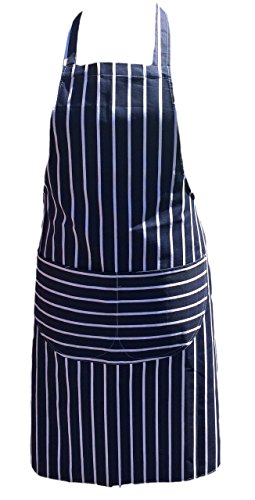The importance of choosing the right fabric for aprons
Aprons are a staple in many industries – from the culinary world to arts and crafts. They protect clothing from spills, stains, and dirt. But with so many different fabrics available, it can be overwhelming to choose the best one for your needs. The right fabric can make all the difference in terms of durability, comfort, and functionality.
Cotton: a classic choice for aprons
Cotton is one of the most popular choices for aprons, and for good reason. It’s incredibly durable, easy to clean, and comfortable to wear. Additionally, cotton is hypoallergenic and doesn’t irritate the skin. This natural fabric is also breathable, which makes it perfect for aprons worn in hot environments. Some popular cotton options for aprons include canvas, twill, and denim.
Polyester: a practical choice for aprons
Polyester is a synthetic fabric that’s often used in aprons. It’s inexpensive, durable, and resistant to wrinkles and shrinking. Additionally, it dries quickly, making it a practical choice for aprons that will be frequently washed. This fabric is also stain-resistant, which means it can withstand spills and dirt. However, it’s not as breathable as cotton, which can be uncomfortable in hot environments.
Poly-cotton blends: the best of both worlds
Poly-cotton blends are exactly what they sound like – a combination of polyester and cotton. This fabric combines the durability and wrinkle-resistance of polyester with the breathability and softness of cotton. This makes it a popular choice for aprons worn in a variety of environments. Poly-cotton blends are also easy to maintain and don’t require a lot of special care.
Specialty fabrics: for unique needs
For aprons worn in specialized industries, such as welding or chemical manufacturing, specialty fabrics may be necessary. Kevlar, for example, is a heat-resistant fabric often used in welding aprons. Similarly, neoprene is a chemical-resistant fabric that’s used in aprons worn in labs or healthcare settings. These fabrics are often more expensive than cotton or polyester, but they’re necessary for safety and protection.






